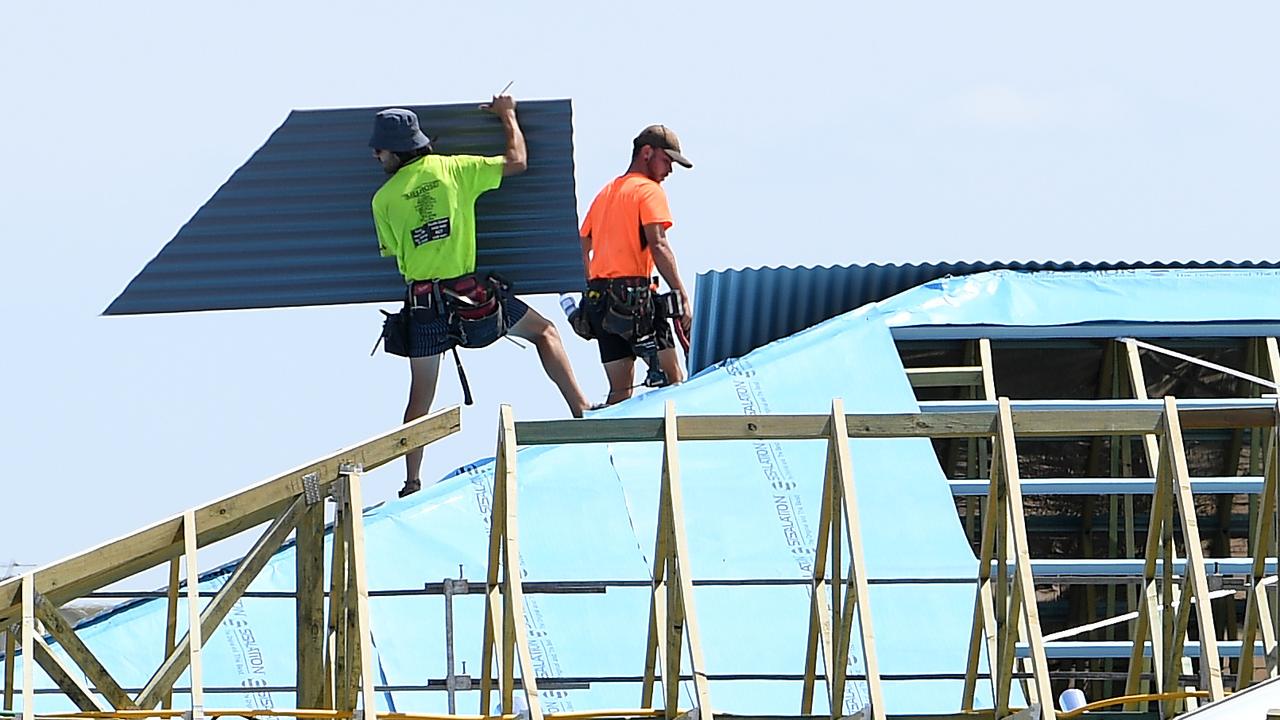'Oasis towns' vital to rural growth
CONTRARY to popular thinking, there are fast-growing towns in rural Australia.
Although to be fair, these towns are usually small and are either strategically positioned close to larger communities or they exist as "growth oases" within a broader area of demographic decline.
Consider the town of Cargo (population 280), 30km west of Orange in NSW, which increased its population by 30 per cent over the five years to 2006. Cargo is on the up because it falls within commutable range of the regional centre at Orange.
On the other hand, the township of Tottenham (pop 343), in the Shire of Lachlan (130km west of Dubbo), increased its population by 14 per cent over the same timeframe. And not because it falls within the commuting orbit of a larger city, but because other parts of the shire are in demographic decline.
I suspect that Tottenham is thriving because services and population from across this shire are gravitating to this single "oasis town" as the best way to ensure economic survival.
The population of Lachlan Shire dropped 25 per cent from 9100 in 1976 to 6800 last year. There are only three sizeable towns in this shire: Condobolin, Lake Cargelligo and Tottenham, and of these the first two are shrinking at a rate of 1 per cent a year. Even the non-urban community in Lachlan Shire is contracting: down 4 per cent to 2300 over the five years to 2006.
The only demographic bright spot in this shire is Tottenham township. Why?
Perhaps it's because even in areas of structural and long-term population decline there still needs to be a town -- however small and modest -- to provide services to the surrounding farming community.
After all, some place has to service agricultural equipment. Some place has to provide a supermarket, fuel and primary school services. Some place has to be the preferred destination for retiring farmers who don't want to retire to the coast. And it looks like tiny Tottenham has cornered this market precisely in the shire of Lachlan.
I wonder whether Tottenham is viewed locally as a "winning town"? And if so, do the residents of Condobolin and Lake Cargelligo think this wild demographic success has gone to Tottenham's head?
Other towns lose population because they are located too close to a town that is large enough to offer a broader range of services, but not so large as to generate commuters. Consider for example the plight of Trundle (pop 380) in the shire of Parkes. The township of Trundle, located 60km west of Parkes (pop 9800), lost 14 per cent of its population over the five years to 2006.
Parkes is big enough to attract Trundle residents for weekly shopping trips, but Trundle is not close enough to Parkes to attract commuters as residents. As a consequence Trundle is trapped within the orbit of Parkes: it will continue to yield shoppers and services to Parkes for years to come.
The same logic applies to the township of Eugowra (pop 533) located 35km east of Forbes (pop 7000). Eugowra lost 10 per cent of its population over the five years to 2006. Local residents will happily travel weekly (if not more frequently) to Forbes for shopping. But Forbes is not big enough to support a commuter base that will want to live in a nearby lifestyle town such as Eugowra.
In this respect, much of the demographic decline that is evident in rural Australia actually comprises a population shuffle. Jobs are transferred out of small remote villages to larger central places and the population follows suit. Occasionally there are oasis towns such as Tottenham where through happenstance and geography a town can grow against an otherwise ebbing demographic tide.
I suppose the challenge for country towns is to better understand the factors pushing and pulling at their prosperity. And in many cases this will come down to the local community's propensity to shop and use services in bigger and more distant places.
On the other hand, small cute towns within a 25km radius of a growing provincial city will almost certainly attract commuters and their families. And in fact some of the fastest-growing rural communities comprise rural-residential estates located just beyond the edge of provincial cities.
For example, the non-urban population of the shires of Parkes and neighbouring Cabonne (near Orange) jumped by between 9 and 10 per cent over the five years to 2006.
This rural spike is either the result of farmers jumping on the baby bandwagon or, more likely, closer settlement of rural lands surrounding regional centres.
The Australian heartland is not "in decline". Places like the shires of Parkes, Cabonne and Narromine in the central west of NSW contain more people now than they did in 1976. But even within these growing municipalities, micro-communities are often jostled about by rapidly changing patterns of shopper and commuter behaviour.
To some extent, these rising and falling demographic forces are beyond the control of local councils. But the process nevertheless impacts the delivery of services and for this reason the trends need to be monitored and understood.
But more than this, I think that Australia needs a strong, robust and vital heartland population. And to do this we must have country towns that are for the most part, like tiny Tottenham, on the up and up.
Bernard Salt is a KPMG Partner; bsalt@kpmg.com.au ; twitter.com/bernardsalt


